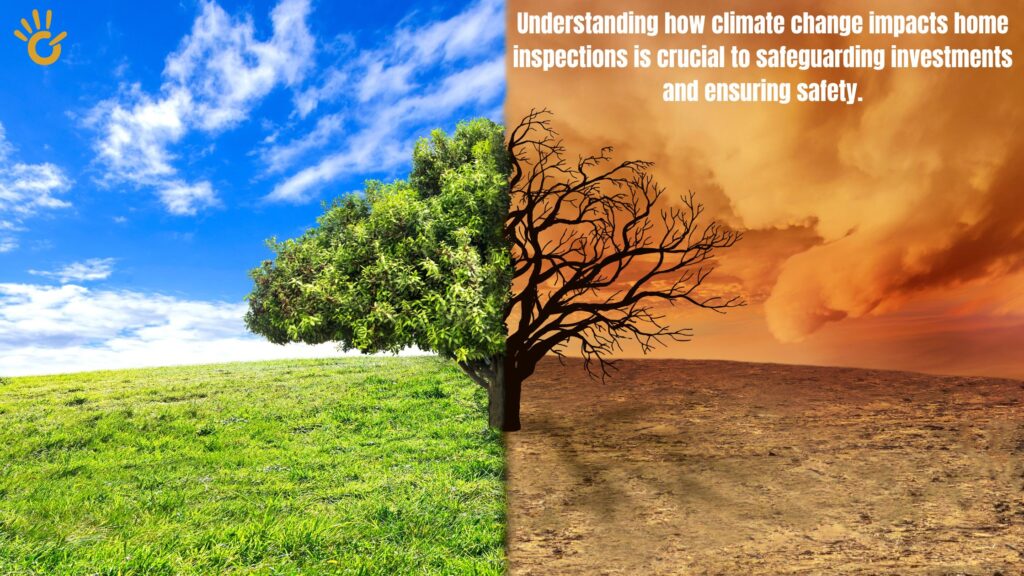Plans for Commercial Buildings During Heavy Rains– Heavy rains pose significant challenges to commercial buildings, especially in regions where sudden downpours or flash floods can occur. Preparing for such events not only minimizes risks to property and occupants but also ensures business continuity. Developing a comprehensive emergency preparedness plan tailored to heavy rain conditions is essential for safeguarding assets and lives. This article outlines the key steps and strategies for creating an effective plan for commercial buildings.
Importance of Emergency Preparedness During Heavy Rains
- Minimizing Property Damage: Heavy rains can lead to leaks, flooding, and structural damage. Proactive planning reduces the financial and operational impact.
- Ensuring Safety: Protecting the lives of employees, tenants, and visitors is paramount during adverse weather events.
- Maintaining Business Continuity: Disruptions caused by heavy rains can affect operations. Emergency plans help businesses resume activities faster.
Plans for Commercial Buildings During Heavy Rains
Key Components of an Emergency Preparedness Plan
1. Risk Assessment and Planning
- Evaluate Vulnerabilities: Conduct an assessment of the building’s susceptibility to water damage. Identify areas like basements, rooftops, and entry points that are prone to leaks or flooding.
- Identify Potential Hazards: Consider risks such as power outages, elevator malfunctions, or overflowing drainage systems.
- Set Clear Objectives: Establish priorities for protecting property, securing assets, and ensuring occupant safety.
2. Drainage and Flood Management Systems
- Inspect Drainage Systems: Ensure gutters, downspouts, and drainage pipes are free from blockages and can handle heavy water flow.
- Install Sump Pumps: Equip basements and lower levels with sump pumps to remove excess water.
- Elevate Key Equipment: Raise critical systems, such as electrical panels and HVAC units, above potential flood levels.
3. Communication Protocols
- Emergency Alerts: Implement a system to notify tenants, employees, and stakeholders of impending heavy rains or floods.
- Designate Points of Contact: Assign team members to act as emergency coordinators and communicate with local authorities or emergency services.
- Develop an Evacuation Plan: Clearly outline evacuation routes, meeting points, and procedures.
4. Structural Precautions
- Reinforce Roofing Systems: Regularly inspect and maintain roofs to prevent leaks. Use waterproofing materials to enhance durability.
- Seal Vulnerable Areas: Apply sealants to windows, doors, and cracks to prevent water intrusion.
- Install Flood Barriers: Deploy removable flood barriers or sandbags at entry points during heavy rains.
5. Backup Systems
- Power Supply: Invest in backup generators to maintain critical systems during power outages.
- Emergency Lighting: Ensure emergency lights are functional and cover essential areas like stairwells and exits.
- Data Protection: Safeguard digital data through cloud storage or off-site backups.
6. Staff Training and Drills
- Conduct Training Sessions: Educate employees and tenants about emergency procedures and their roles during heavy rains.
- Simulate Emergency Scenarios: Run periodic drills to test the effectiveness of evacuation plans and preparedness measures.
During Heavy Rains: Actionable Steps
- Monitor Weather Updates: Stay informed about weather conditions using reliable sources or government alerts.
- Activate Emergency Plans: Implement pre-planned measures, such as deploying flood barriers and turning off non-essential systems.
- Ensure Occupant Safety: Keep occupants informed and direct them to safe areas if necessary.
Post-Rain Recovery
- Conduct Inspections: Assess the building for damage, including water pooling, leaks, or structural issues.
- Document Damages: Record all damage with photos and reports for insurance claims.
- Initiate Repairs: Address any damages promptly to prevent further issues.
Conclusion– Plans for Commercial Buildings During Heavy Rains
Heavy rains, while often unpredictable, do not have to disrupt commercial operations or compromise safety. By implementing a robust emergency preparedness plan, commercial buildings can withstand the challenges posed by adverse weather conditions. Regular maintenance, staff training, and efficient communication systems are the backbone of such plans. Preparing today ensures a resilient and safer tomorrow for businesses and their occupants.



